No Products in the Cart
How to Properly Train my Dog?
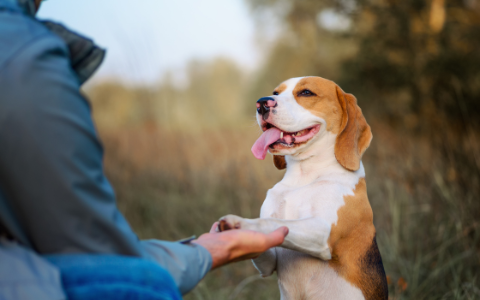
Educating or training your dog allows them to have a behavior that is compatible with your lifestyle without having them be aggressive or dangerous. Training starts as a puppy with basic commands such as: "sit," "down," and "stay," leash-walking, and recall.Then, once they master the basics, you can then go further and teach them many other fun things: "play dead," "roll over," "get the remote," "high-five," etc.
Dogs are brilliant, and if you are patient and methodical, you can teach them about anything! Indeed, they can recognize color, fetch specific objects, smell many things (even Covid 19 and other diseases), etc.
However, humans and dogs do not speak the same language, so how are you going to be able to communicate with your fur baby?
Also Read: Best Glucosamine for Dogs in 2024 - A Vet’s Honest Opinion
When should you start training your dog?
The saying goes, "you cannot teach an old dog new tricks." Indeed, it is always easier to train a puppy than an adult with die-hard habits.
The ideal time to start training a puppy is around two months.
Dogs often go through an "adolescent phase" as they grow up. You will notice that they start testing boundaries. In the wild, it's about the time when they try to position themselves as dominant in their pack. You must keep your limits and clarify that you are "the boss, the alpha." Never use physical force to do so.
Just set clear boundaries and respect them. Thankfully, this phase shouldn't last too long. Once it passes, you will be their whole world, and they will do anything for you, making training much more manageable! This adolescent phase manifests differently in each individual and at different times, similarly to humans.
Also Read: Is Your Dog Prone to Elbow Dysplasia? Symptoms and Best Treatments
What is the method to have a welll-educated dog?
We all know the saying, "you can't run before you can walk." With dogs, it's the same! You have to proceed by step and logically.
- First, your puppy needs to learn to distinguish the places for elimination from the places to eat and sleep. The mother generally teaches them these differences before weaning.
So, your puppy should know that by the time you adopt them. However, if you find a very young puppy, this might be something you will need to take on yourself. If it's the case, speak with your veterinarian.
- Then, once you adopt your puppy, they usually need to learn socialization with other dogs and other species: cats, humans, birds, rabbits etc.

An excellent way to train them is to bring them to puppy class and to dog parks.
- It is also around this time (2-3 months) that they learn to clean themselves and sometimes start to bite.
Teaching them not to bite is essential as soon as this behavior appears. You can do so in 3 steps: saying "no" firmly, stopping playtime when biting occurs, and finally ignoring them. If this isn't enough, you can spray water or shake a plastic bottle filled with coins and say "no" before ignoring them. Never use physical punishment.
- During and after puppy class, you will do the basic training you mentioned earlier: "sit," "down," "stay," walk on a leash, and recall.
These five learnings are essential to harmonize a dog's life in society. Also, it will give you peace of mind when visiting friends, family, or other social events with your pup.
- Finally, you can continue the training if you feel like going further.
Many specialized classes exist, such as agility, canicross, mushing, nose hunt,etc. If your dog starts regular, intense activity, it might be interesting to protect their joints with veterinary-grade supplements. Going further in your dog's education can be a great way to strengthen the unique bond you have with them.
Also Read: Chondroitin for Dogs - 5 Things You Need To Know - Vet’s Expert Advice
How can I train my dog with positive reinforcement?
Positive reinforcement is the act of associating a desired action or behavior with a reward.
This reward can be treats or a behavioral soft chew supplement, a pat on the back, a kind word, a playtime, or an impromptus walk! Treats are usually the gold medal winners. So be sure to choose healthy treats for your pets.
Your dog's desire to learn will increase as they understand they get rewards for their actions. Also, they generally love to please us, so just hearing the joy in your voice when they accomplish the desired trick will make them happy!
To go further with positive reinforcement, you can learn about clicker training.
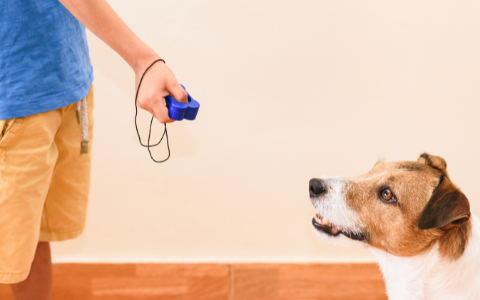
Should I punish my dog?
It might be necessary to show your dog that they misbehaved, but you should consider this carefully. In packs of dogs, punishing occurs between individuals on occasions. If you judge an action or behavior is worthy of punishment, proceed with caution and always respect these golden rules:
- The punishment should always fit the crime, and violence is never an option!
- Considerably raising your voice can suffice. Indeed a firm "No" at a level that surprises them will have the effect of a cold shower. They will not appreciate this sudden scream and associate it with what they have done.
- You must catch your dog in the act and punish them right then and there. Never delay punishment, even if you are absent when the action occurs.
Also Read: How to punish my dog mindfully?
Teaching takes repetition
When you train your dog, you create a communication code between you. It can be a word, a gesture, or an intonation. For example, the term "down!" can be associated with a hand gesture towards the ground.
It will most likely take time for you to understand each other perfectly. The key to successful training is to be patient, methodical, and consistent.
If your dogs do not understand what you are trying to teach them, it's because you are not expressing yourselves clearly. Therefore, you must break down each action you want to train your dogs into easily digestible little chunks. And remember, "practice makes perfect!.
If you struggle to have your dogs understand us, you can always ask for advice from your veterinarian, a behaviorist, or a trainer. They will be able to give us the key to successful communication.






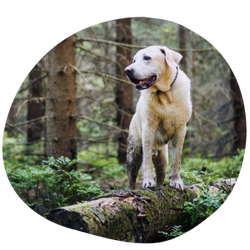



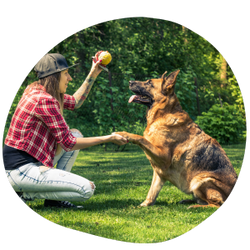
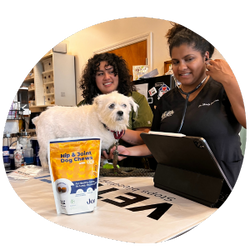

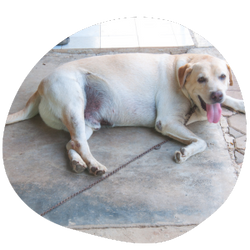

Leave a comment